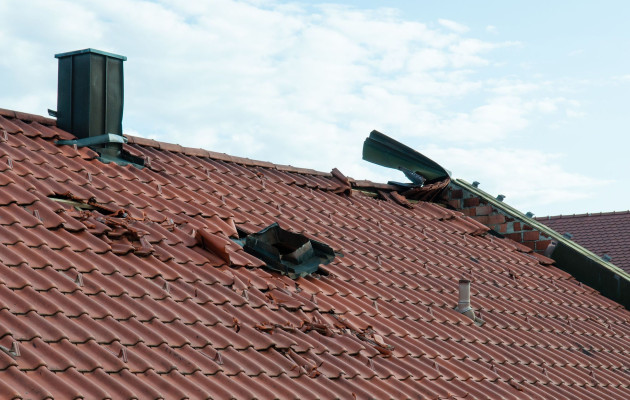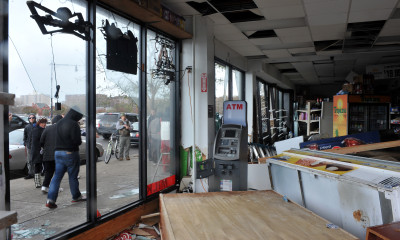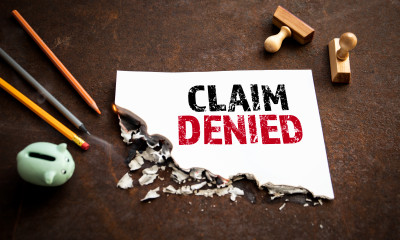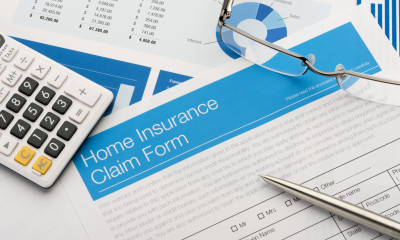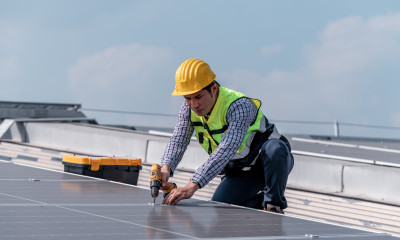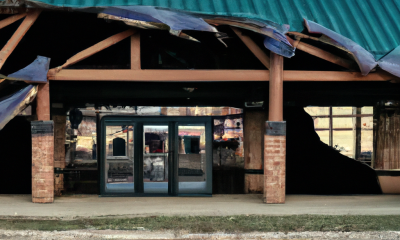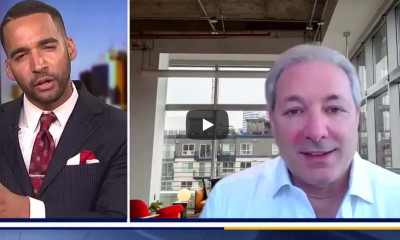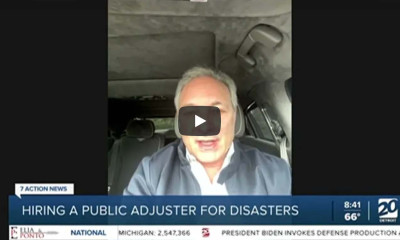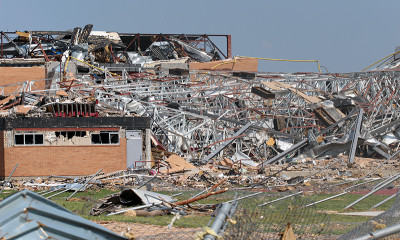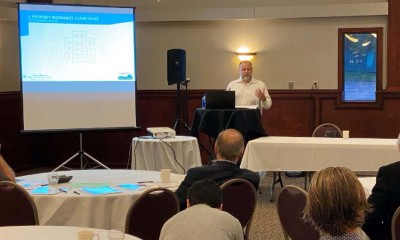Is My Roof Damage Covered by Insurance?
Your home's roof is a critical shield against the elements, but when unexpected damage occurs, the question of insurance coverage arises. Understanding what your homeowners insurance covers can save you from potential financial strain. Here's a comprehensive guide to help you navigate whether your roof damage falls within the protective umbrella of your insurance policy.
What is Covered:
Homeowners insurance coverage extends to the structural components of your dwelling, encompassing the roof. Common instances of roof damage that are typically covered by homeowners insurance include:
- Hail damage
- Effects of powerful windstorms
- Fire-related damage
- Consequences of snow, sleet, and ice accumulation, such as the formation of ice dams that can lead to roof cave-ins
- Damage caused by falling objects, such as a tree collapsing onto your roof
- Impact from lightning strikes
- Instances of vandalism
What is Not Covered:
Generally, home insurance policies do not encompass the costs of roof replacement or repairs for the following situations:
- Natural wear and tear over time
- Infestations by pests, such as termites causing roof collapse
- Damage caused by floods
- Damage caused by earthquakes
- Regular maintenance-related issues
- Progressive damage resulting from gradual deterioration, like the worsening of a small hole in the roof
Addressing Roof Damage
In certain cases, your eligibility for home insurance coverage might be denied outright due to the state of your roof. Because the roof serves as the primary defense for your home, if your roof is considerably aged and necessitates complete replacement, some insurance providers might withhold coverage until the roof is replaced.
If the roof surpasses a specific age threshold, insurance companies might only offer compensation for roof claims based on the actual cash value. In other words, they would factor in the present depreciated value of the roof when calculating the claim payout instead of the replacement cost. Alternatively, some insurers may exclude covering cosmetic damage to metal roofs or impose notably higher rates for homes with wooden roofs.
Considering Additional Coverage
Depending on your location, certain insurers permit the addition of a fortified roof endorsement to your homeowners policy. This provision facilitates the replacement of an existing, non-fortified roof with one adhering to standards established by the Insurance Institute for Business & Home Safety, especially if the entire roof requires replacement.
A Valuable Tip to Consider
Standard homeowners insurance encompasses damage from wind, but if you reside in an area prone to frequent hurricanes or tornadoes, your policy might omit windstorm coverage. Alternatively, you might encounter a distinct windstorm deductible exceeding your usual home insurance deductible. If windstorm damage isn't included in your policy, exploring options like a wind coverage add-on or separate windstorm insurance is advisable.
__________________
About the Author
Stuart Dorf, JD, CPAU | Executive Vice President
Stuart Dorf, JD, CPAU, Executive Vice President at Globe Midwest™ Adjusters International, is a licensed public adjuster, appraiser, umpire, and attorney who specializes in securing fair insurance claim settlements for property and business owners. With over 20 years of experience in commercial real estate, law, and marketing, he holds licenses in multiple states, actively participates in legal associations, and has a strong entrepreneurial background. He earned his law degree from the Illinois Institute of Technology’s Chicago-Kent College of Law and graduated with honors from Tulane University.
sdorf@globemwai.com | 248.915.0399

